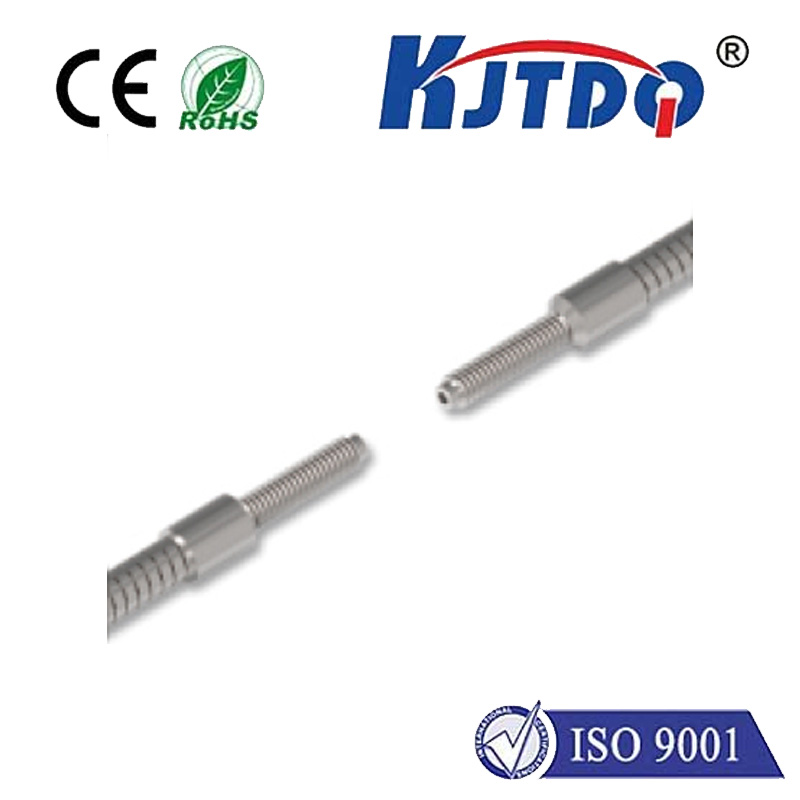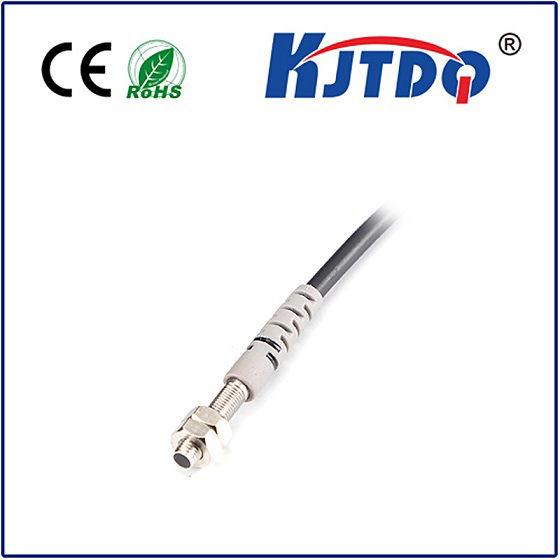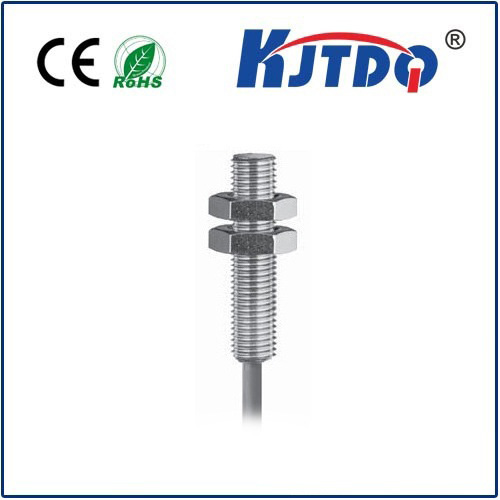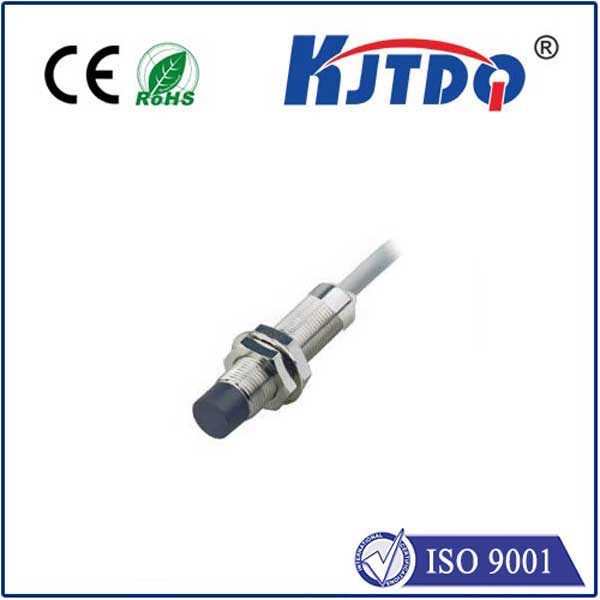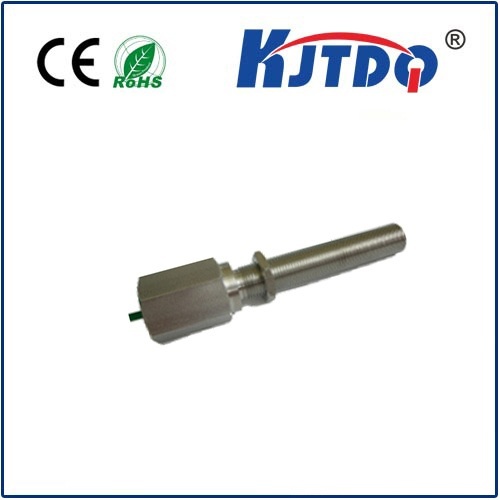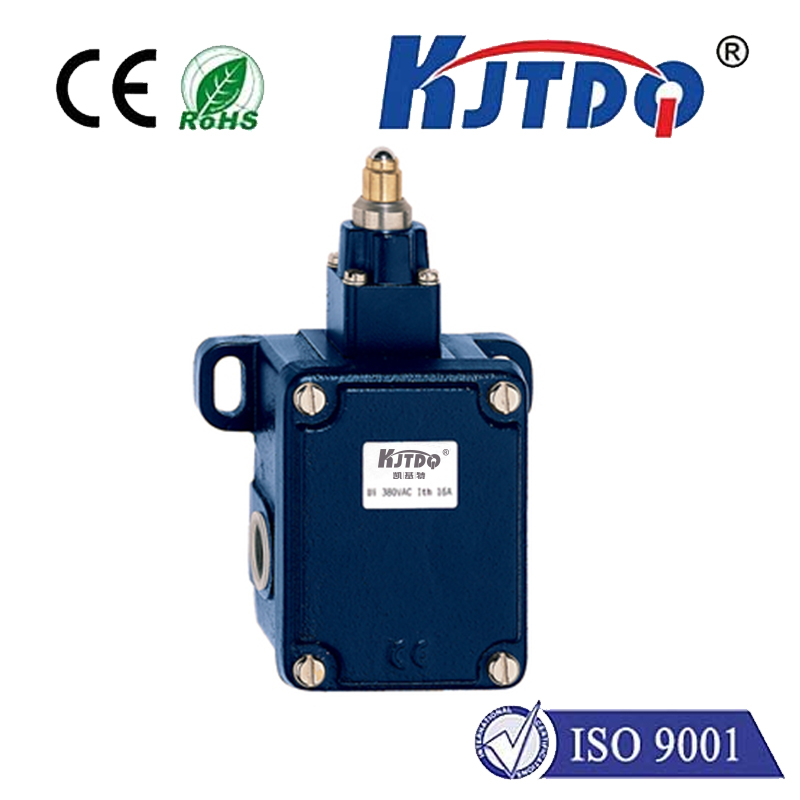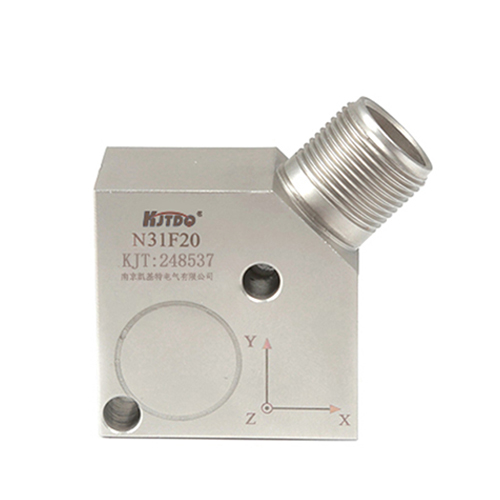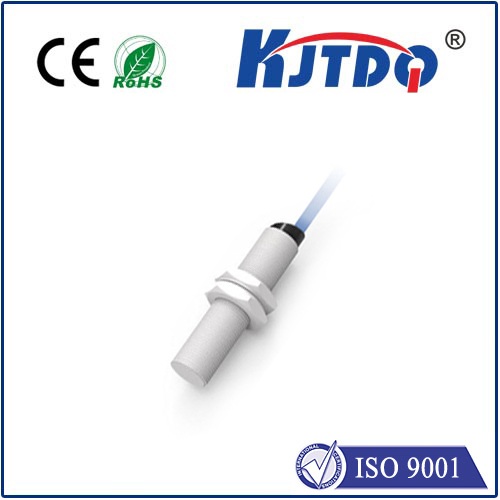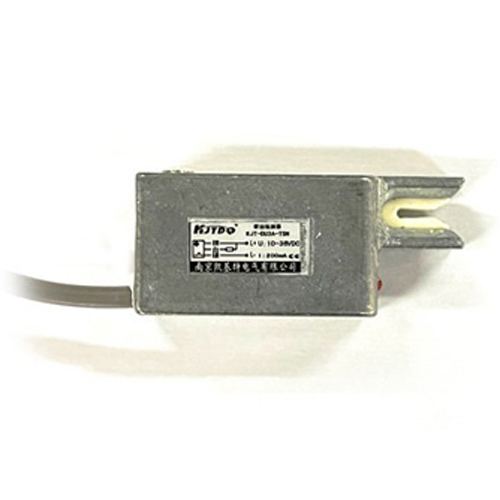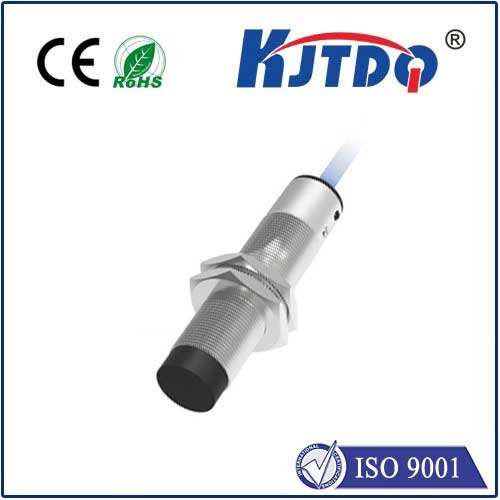

check

check

check

check
Imagine a robotic arm flawlessly assembling intricate electronics, whizzing within millimeters of delicate components without a single collision. Visualize a high-speed packaging line where products zip past sensors, triggering perfectly timed seals. This seamless, reliable operation often hinges on a critical, unsung hero: the proximity sensor. And within this vital category, the BES0236 proximity sensor stands out as a dependable workhorse designed for demanding industrial environments. Understanding its role and capabilities is key to unlocking greater efficiency and safety in automation.
Beyond Contact: How Proximity Sensors Work
At their core, proximity sensors are non-contact devices. Unlike traditional mechanical switches, they detect the presence or absence of an object without physical touch. This fundamental principle offers significant advantages: reduced wear and tear, faster response times, resilience in dirty or harsh conditions, and enhanced operational life. The most common type for metallic objects, like the BES0236, is the inductive proximity sensor. It operates by generating an electromagnetic field. When a metallic target enters this field, it induces eddy currents within the target, causing a detectable change in the sensor’s internal oscillator circuit. This change triggers the sensor’s output signal.
Decoding the BES0236: Features Engineered for Industry

The designation “BES0236” isn’t arbitrary; it signifies a specific sensor type and physical form factor within a manufacturer’s range (often Balluff, a leading industrial sensor manufacturer). Key characteristics define the BES0236 inductive proximity sensor:
Where the BES0236 Proximity Sensor Shines: Industrial Applications
The BES0236 finds its true value in countless automation scenarios demanding robust, dependable metallic object detection:
Why Choose the BES0236? Comparing Its Strengths
| Feature | BES0236 Proximity Sensor | Potential Alternatives/Considerations |
|---|---|---|
| Detection Type | Inductive (Metal Targets Only) | Capacitive (Non-metals/liquids), Photoelectric (Various materials), Ultrasonic (Long-range, various materials) |
| Robustness | Excellent (Stainless Steel, IP67) | Varies: Photoelectric can be sensitive to dirt/dust/moisture; Ultrasonic robust but potentially larger. |
| Response Speed | Very Fast (Typically kHz range) | Fast, but complex Photoelectric variants might be slower; Ultrasonic slower. |
| Close Range Precision | Highly Precise (Designed for sub-10mm) | Photoelectric can have precise short-range models; Capacitive somewhat less precise; Ultrasonic less precise for tiny distances. |
| Environmental Suitability | High (Dust, Splash/Immersion, Oils) | Photoelectric: Sensitive to obscuration; Ultrasonic: Sensitive to temperature/wind. |
| Cost (Typical Industrial) | Competitive & Cost-Effective | Photoelectric/Ultrasonic: Often more expensive for comparable robustness. |
Table: BES0236 Key Strengths and Comparison Points
Selecting and Implementing the BES0236 Effectively
While a proven performer, maximizing the BES0236 proximity sensor’s effectiveness requires careful consideration:
The Essential Component for Unseen Efficiency
The BES0236 proximity sensor exemplifies the power of simple, robust technology applied brilliantly. Its focus on reliable metallic object detection within demanding industrial parameters makes it an indispensable component. From ensuring a robot grips correctly to confirming a safety gate is closed, or counting thousands of parts per hour, this unassuming sensor plays a pivotal role in the silent symphony of modern automation. When precision, durability, and consistent performance in tough conditions are paramount for detecting metal, the BES0236 proximity sensor remains a trusted and highly effective solution. Choosing the right sensor for your specific application, understanding its core specifications like the crucial sensing range relationship, and implementing it correctly are fundamental steps towards achieving peak operational reliability.
